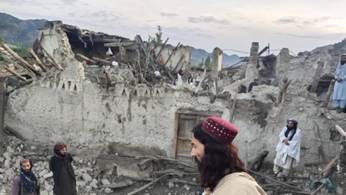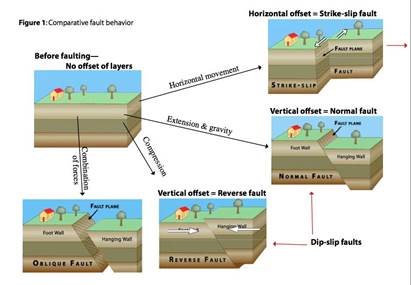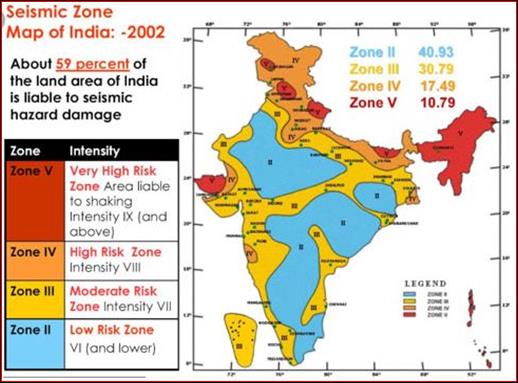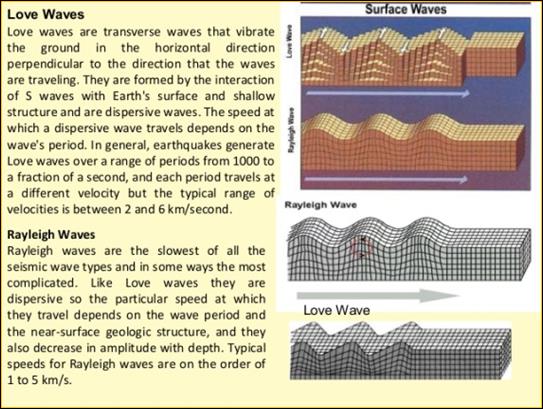Free Courses Sale ends Soon, Get It Now


Free Courses Sale ends Soon, Get It Now



Disclaimer: Copyright infringement not intended.
Context
Earthquake

Types of Earthquakes
What are seismic waves?
Seismic Zones of India
Seismic Active Zones
|
How are earthquakes measured? Earthquakes are measured by seismographic networks, which are made of seismic stations, each of which measures the shaking of the ground beneath it. In India, the National Seismological Network does this work. It has a history of about 120 years and its sensors can now detect an earthquake within five to ten minutes.
There is a relationship between the quantum of energy released and the wave amplitude. The amplitude of the wave is a function of the time period of the wave. It is possible to convert the measured wave amplitude into the energy released for that earthquake. This is what seismologists call the magnitude of the earthquake. Mercalli Scale: A twelve-point scale for expressing the local intensity of an earthquake, ranging from I (virtually imperceptible) to XII (total destruction).
Richter magnitude scale This is a measure of the magnitude of an earthquake and was first defined by Charles F. Richter of the California Institute of Technology, U.S., in 1935. The magnitude of an earthquake is the logarithm of the amplitude of the waves measured by the seismographs. Richter scale magnitudes are expressed as a whole number and a decimal part, for example 6.3 or 5.2. Since it is a logarithmic scale, an increase of the whole number by one unit signifies a tenfold increase in the amplitude of the wave and a 31-times increase of the energy released. |

Types of Seismic Waves
|
P-Waves |
S-Waves |
|
Recorded first on the seismograph. |
Recorded last on Seismic Waves |
|
Longitudinal waves: Shake the medium in the direction in which they are propagating |
Transverse waves: Shake the medium in the direction perpendicular to which they are moving |
|
Compressional waves |
Sheer waves |
|
Least destructive |
Slightly higher destructive power |
|
Can travel in all mediums; Solid, Liquid and Gas |
Can only move through solids |
|
Velocity: 5 to 8 km/s. |
60% the speed of P waves |
|
Faster than the S-waves. |
Slower |
|
Shadow Zone: 103° and 142° away from the epicentre |
Zone beyond 103° does not receive S-waves |

India and earthquakes
1934 Bihar-Nepal Earthquake: 8.4 magnitude
1967 Koyna Earthquake: 6.5 magnitude
2001 Bhuj: 7.7 magnitude
2005 Jammu Kashmir Earthquake
Causes of Earthquakes in India
Impact of Earthquakes
Steps taken by Government to manage Earthquakes

International Cooperation
Challenges and Gaps in Earthquake management in India
Way forward
The Case of Japan:
https://epaper.thehindu.com/Home/ShareArticle?OrgId=GI5A0826H.1&imageview=0
© 2024 iasgyan. All right reserved